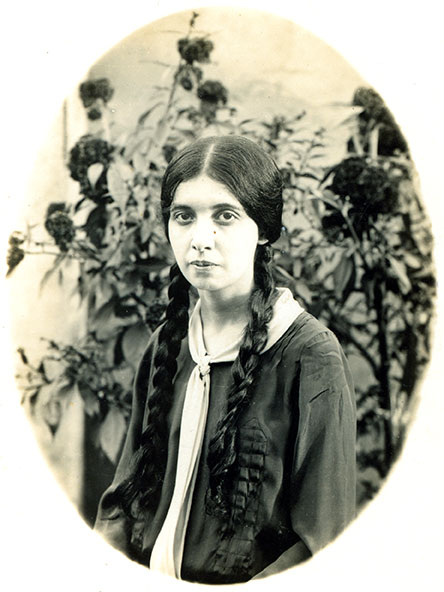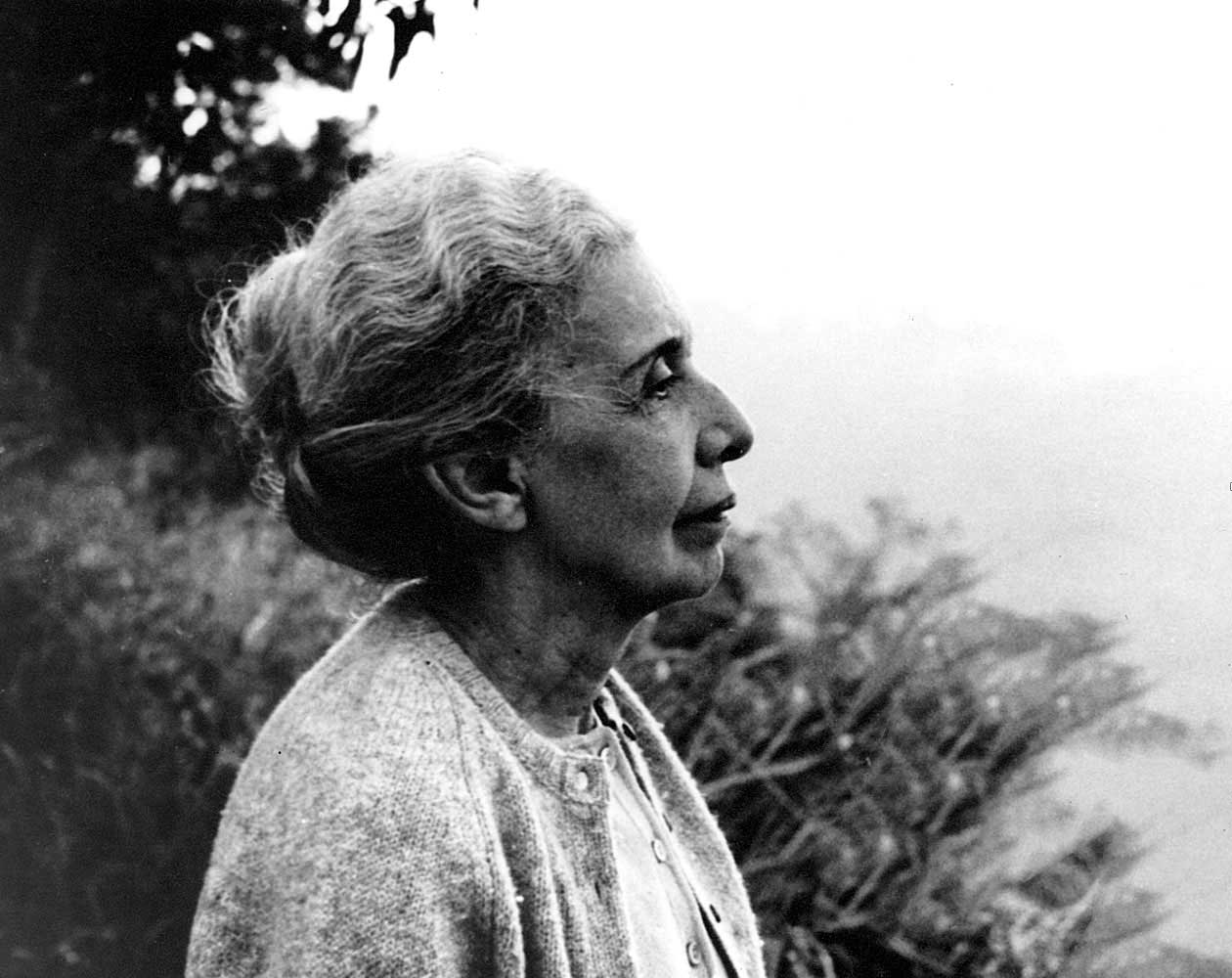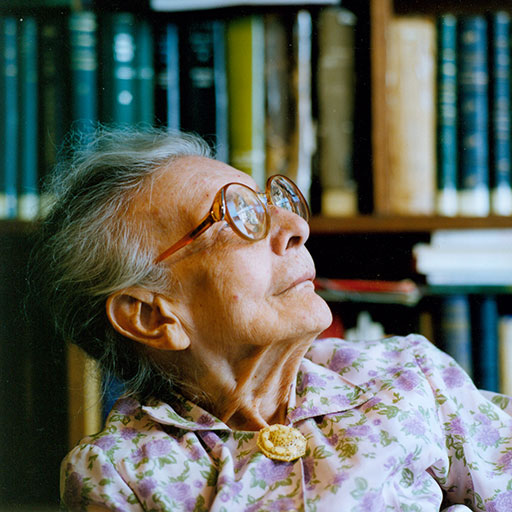Nise da Silveira
Nise da Silveira was born in Maceió, Alagoas state. She attended medical school at the Faculdade de Medicina da Bahia and graduated as the only woman in her class. After moving to Rio de Janeiro she worked as a psychiatrist at the Hospital da Praia Vermelha. She was arrested in 1936, during the Vargas dictatorship, for being a member of the União Feminina Brasileira (Brazilian Women’s Union).

Nise da Silveira at 16 years old

Nise da Silveira
After being pardoned in 1944, she continued her work at the Centro Psiquiátrico Nacional, presently the Instituto Municipal Nise da Silveira. She opposed the confinement of patients and aggressive psychiatric practices such as electrical shocks and lobotomy, and she championed new practices. She thus founded the Occupational Therapy Section, whose expressive activities are at the origin of the Museum of Images from the Unconscious, which currently holds the world’s biggest collection of its kind.
Nise pioneered the use of animals in therapy. Her contact with Swiss psychiatrist Carl C. Jung introduced Jungian psychology to Latin America. She also created Casa das Palmeiras, the first rehabilitation clinic for outpatients of psychiatric institutions in Brazil.
Her research and studies led to art exhibitions, courses, symposia, publications and other intellectual productions, and received innumerous accolades, homages and titles in different fields of knowledge. Her spirit of deep humanism exerted a strong influence on Brazilian culture as a whole.
Her work preceded movements of psychiatric reform in England (1960s), in Italy (1970s) and in Brazil (1980s).
After her death, her private archive was inscribed in the Memory of the World International Register programme of UNESCO.

Nise da Silveira – 1990s
